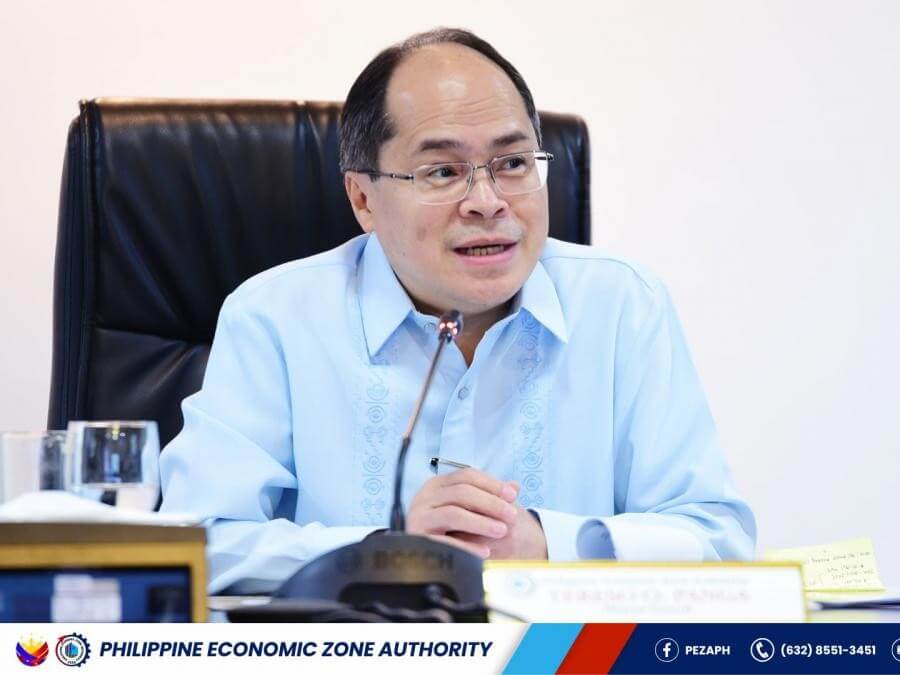

This seven-month total represents a 100 percent year-on-year increase from the ₱45.48 billion posted in the first half of 2024.
“This 100 percent surge in investment approvals in just seven months is a resounding vote of confidence in the Philippines as a competitive, resilient, and innovation-ready investment destination,” said PEZA Director General Tereso O. Panga in a statement.
Why it matters:
The approval of 150 new and expanding projects in January to July— a 25-percent jump from last year — signals growing investor trust in Philippine ecozones, despite global trade uncertainties. These projects are expected to generate 35,874 direct jobs, a 42-percent increase from 2024, and contribute over $2 billion in exports.
By the numbers:
Approved investments (Jan–July 2025): ₱90.96B (+100% YoY)
New and expanding projects: 150 (+25% YoY)
Direct jobs to be created: 35,874 (+42.02% YoY)
Projected exports: US$2.003B (+24.37% YoY)
Zoom in:
Seventeen high-impact projects worth P18.6 billion were approved in July alone. These span:
11 export manufacturing projects
3 facilities development initiatives
2 IT-BPM ventures
1 domestic-market manufacturing investment
The projects are strategically distributed across Metro Manila, CALABARZON, Central Luzon, and Central Visayas, supporting PEZA’s drive to develop regional growth corridors.
Big picture:
Among the standout approvals in July is a single ₱13-billion+ expansion project in Batangas under the Electronics/Semiconductor Manufacturing Services (EMS-SMS) sector. This advanced facility — focused on producing high-reliability components for U.S. export — reflects the Philippines’ rising role in global electronics supply chains.
“This proves how PEZA locators can diversify supply chains while ensuring quality and efficiency amid global trade shifts,” said Panga.
The context:
As geopolitical tensions and trade realignments push global firms to adopt “China+1+1” strategies, the Philippines is positioning itself as a stable, cost-effective, and talent-rich alternative in the Indo-Pacific.
PEZA's strategy leverages:
Policy continuity under the CREATE MORE law
Preferential trade access with the U.S. and other partners
A skilled, tech-savvy workforce
Nationwide ecozone infrastructure to support regionally balanced growth
Between the lines:
The agency sees the surge in manufacturing, IT-BPM, and facilities investments as validation of its “whole-of-government” approach to ecozone development, especially in countryside areas.
“Every ecozone project becomes an anchor for supply chains, MSME linkages, technology transfer, and quality jobs,” Panga said.
What’s next:
The Philippines is actively engaging in talks to mitigate the impact of a newly adjusted 19 percent U.S. tariff on Philippine exports.
The country’s economic team, led by President Ferdinand Marcos Jr. and key officials including PEZA Board Chair and Trade Secretary Ma. Cristina Roque, is pushing for renewed Generalized System of Preferences (GSP) privileges and launching FTA negotiations with the U.S. —Ed: Corrie S. Narisma